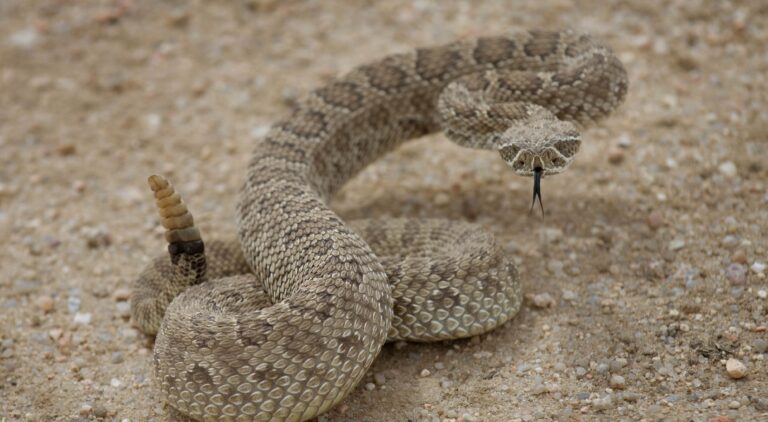The Coors Light mountain, an instantly recognizable symbol adorning millions of beer cans across the nation, is more than just a clever marketing ploy.
This majestic peak, nestled in the heart of Colorado’s San Juan Mountains, has a rich history and captivating allure that goes far beyond its association with the famous “Silver Bullet” beer. In this comprehensive guide, we’ll explore the secrets behind the Coors Light mountain, uncovering fascinating facts, debunking myths, and providing insights into why this particular peak has become such an enduring icon in American popular culture.
The Real Mountain Behind the Logo
Contrary to popular belief, the Coors Light mountain isn’t a fictional creation dreamed up by advertising executives. The peak featured on every can and bottle of Coors Light is actually Wilson Peak, a 14,017-foot mountain located in the Lizard Head Wilderness of southwestern Colorado, near the town of Telluride.
Fun Fact: Wilson Peak is named after A.G. Wilson, a topographer who surveyed the area in the 19th century.
A Fourteener with Fame
Wilson Peak isn’t just any mountain – it’s one of Colorado’s famous “fourteeners,” a term used to describe peaks that rise over 14,000 feet above sea level. There are 58 fourteeners in Colorado, but Wilson Peak’s distinctive pyramid shape and isolated position make it particularly photogenic, which likely contributed to its selection as the Coors Light icon.
Climbing Tip: For experienced hikers looking to conquer this famous peak, the standard route to the summit is a challenging Class 3 climb that typically takes 6-8 hours round trip.
The Mountain’s Cinematic Debut
Before becoming the face of Coors Light, Wilson Peak had already achieved a level of fame in popular culture. The mountain prominently features in the opening scene of the 1993 film “Cliffhanger,” starring Sylvester Stallone. This appearance likely increased its recognition and appeal to a national audience.
Movie Buff Fact: While the film is set in the Rocky Mountains, much of “Cliffhanger” was actually filmed in the Italian Alps due to budget constraints.
The Coors Light Connection
Coors Light began featuring Wilson Peak on its packaging in 1975, but the mountain became truly iconic in the 1980s when the brand adopted its “Silver Bullet” persona. The crisp, snow-capped peak perfectly embodied the beer’s promise of Rocky Mountain refreshment.
Branding Evolution: Over the years, the depiction of Wilson Peak on Coors Light packaging has been subtly refined, but the essential shape and character of the mountain have remained constant.
Not Just a Pretty Face: The Color-Changing Mountains
In 2007, Coors Light introduced a innovative feature to its cans and bottles: temperature-sensitive ink that changes color when the beer reaches optimal drinking temperature. The mountains on the label turn from white to blue, indicating that the beer is “as cold as the Rockies.”
How it Works: The color-changing ink contains thermochromic pigments that change their molecular structure at specific temperatures, altering how they reflect light and thus changing their apparent color.
The Coors Light Mountain and Conservation Efforts
The prominence of Wilson Peak on Coors Light packaging has had an unexpected positive impact on conservation efforts in the area. The mountain’s fame has helped raise awareness about the importance of preserving Colorado’s wild spaces.
Conservation Success: In 2007, the Trust for Public Land acquired Wilson Peak and the surrounding area, ensuring its protection and public access for future generations.
Visiting the Real Coors Light Mountain
For those inspired to see Wilson Peak in person, the area around Telluride offers numerous opportunities to view and photograph this iconic mountain.
Viewing Spots:
- Last Dollar Road: Offers stunning views of Wilson Peak and the surrounding San Juan Mountains.
- Highway 145: The stretch between Telluride and Lizard Head Pass provides excellent vistas.
- Telluride Ski Resort: In summer, take the free gondola for panoramic views including Wilson Peak.
Photography Tip: The best light for photographing Wilson Peak is often during the golden hours just after sunrise or before sunset.
Beyond the Coors Light Mountain: Exploring the San Juan Region
While Wilson Peak may be the star attraction, the surrounding San Juan Mountains offer a wealth of outdoor adventures and scenic beauty. Here are some additional activities to consider when visiting the area:
Hiking and Mountaineering:
- Ice Lakes Trail: A challenging but rewarding hike to stunning turquoise alpine lakes.
- Mount Sneffels: Another popular fourteener in the region, offering spectacular views.
- Lizard Head Trail: A scenic trek with views of Wilson Peak and its neighbors.
Scenic Drives:
- San Juan Skyway: A 236-mile loop showcasing some of Colorado’s most dramatic mountain scenery.
- Million Dollar Highway: A section of the Skyway known for its hairpin turns and breathtaking vistas.
Historic Mining Towns:
- Telluride: Once a booming mining town, now a popular ski resort and cultural hub.
- Ouray: Known as the “Switzerland of America” for its alpine setting and hot springs.
- Silverton: A well-preserved Victorian mining town with a narrow gauge railroad.
Seasonal Activities:
- Winter: World-class skiing and snowboarding at Telluride Ski Resort.
- Summer: Jeep tours, mountain biking, and fly fishing in the surrounding wilderness areas.
- Fall: Leaf-peeping tours to witness the spectacular autumn colors of the aspen forests.
The Coors Light mountain, Wilson Peak, stands as a testament to the enduring appeal of Colorado’s natural beauty. Its journey from a remote Rocky Mountain summit to one of the most recognized brand symbols in America is a fascinating story of marketing genius intersecting with genuine natural splendor.
Whether you’re a beer enthusiast, an avid mountaineer, or simply someone who appreciates the majesty of the American West, the Coors Light mountain offers something to admire. Its presence on millions of cans and bottles serves as a constant reminder of the awe-inspiring landscapes that await in Colorado’s high country.
So the next time you crack open a cold Coors Light and see those familiar blue mountains appear, remember that you’re looking at a real place – a rugged, beautiful peak that has inspired adventurers, artists, and yes, beer drinkers, for generations. And who knows? Maybe it will inspire you to plan your own Rocky Mountain adventure, to see the Coors Light mountain with your own eyes and experience the refreshing reality behind the iconic image.




